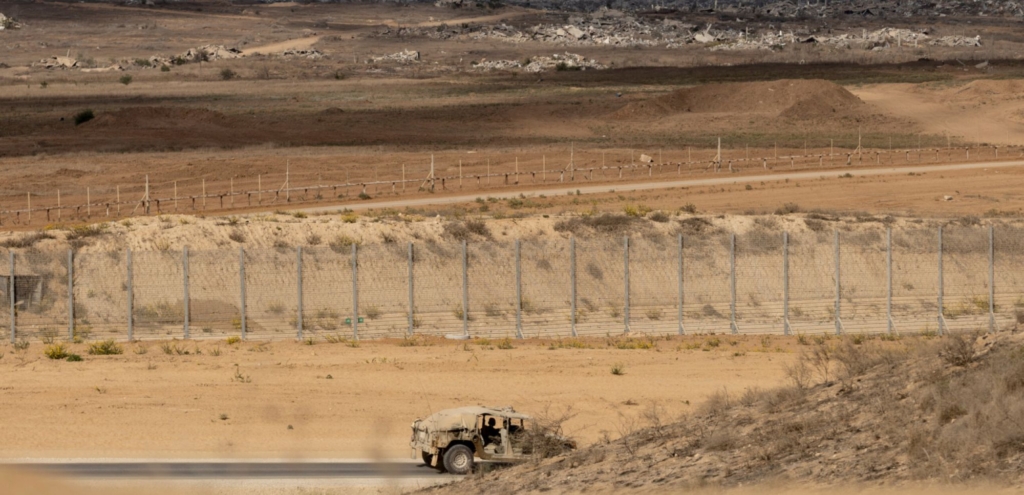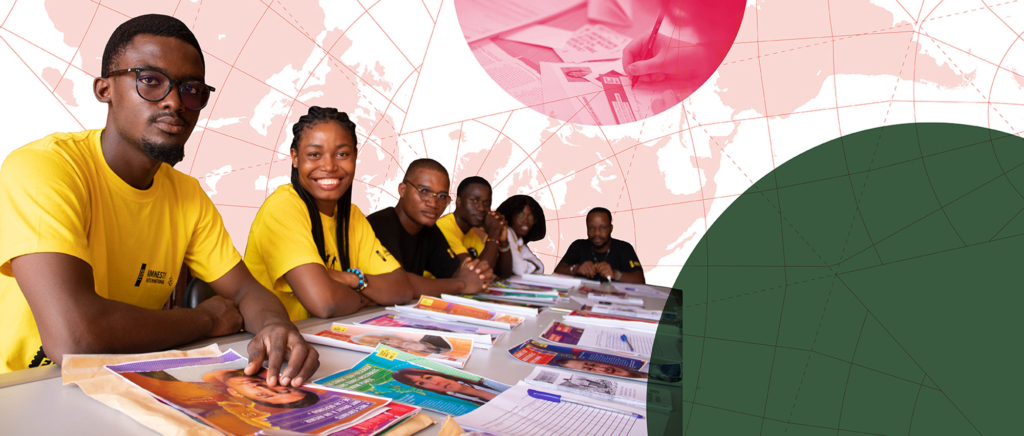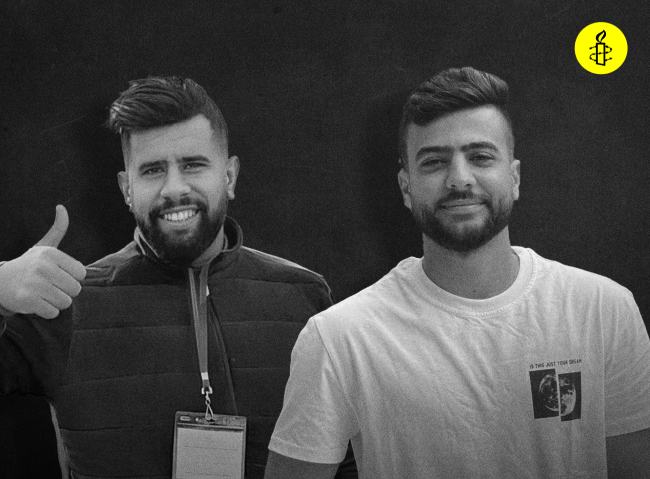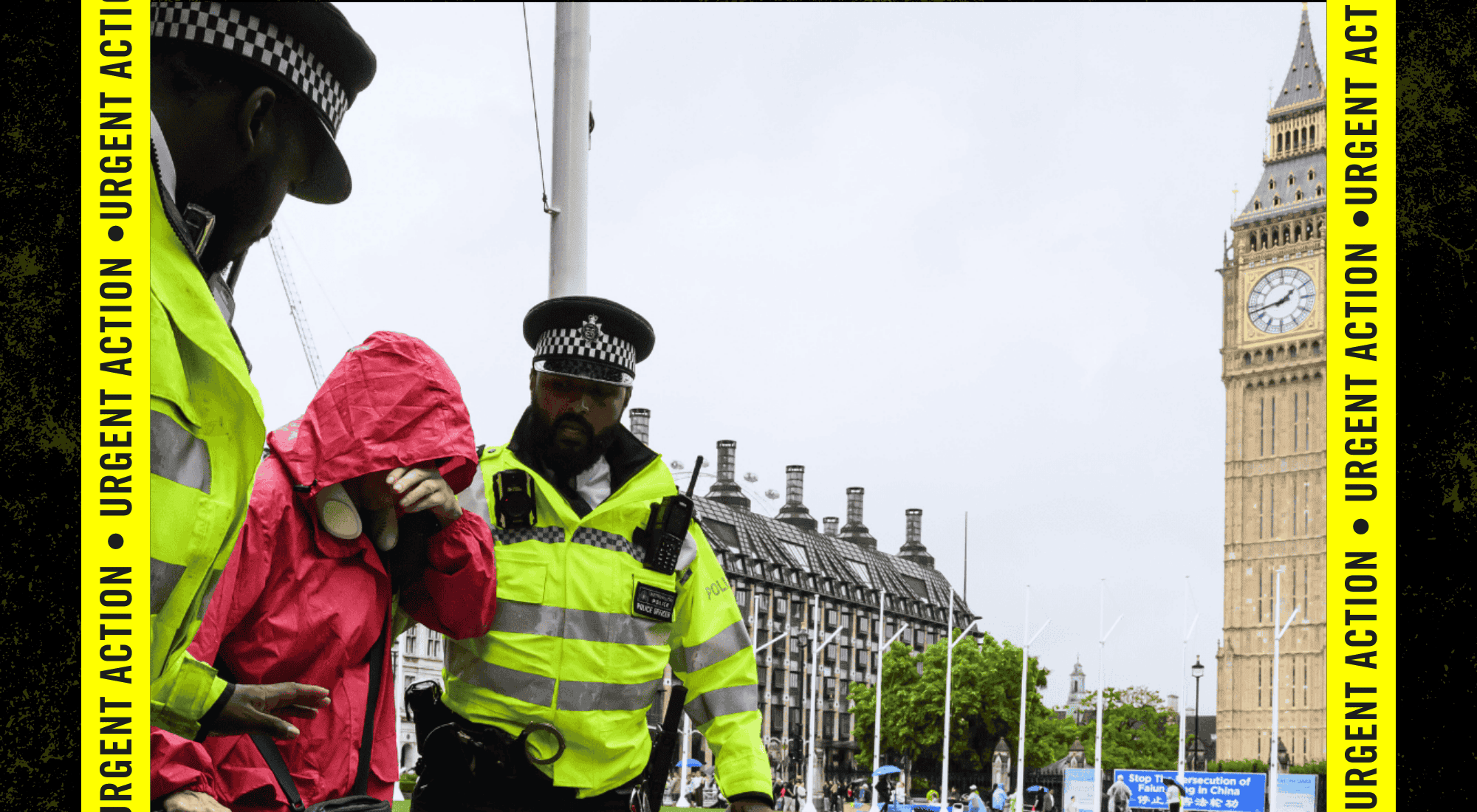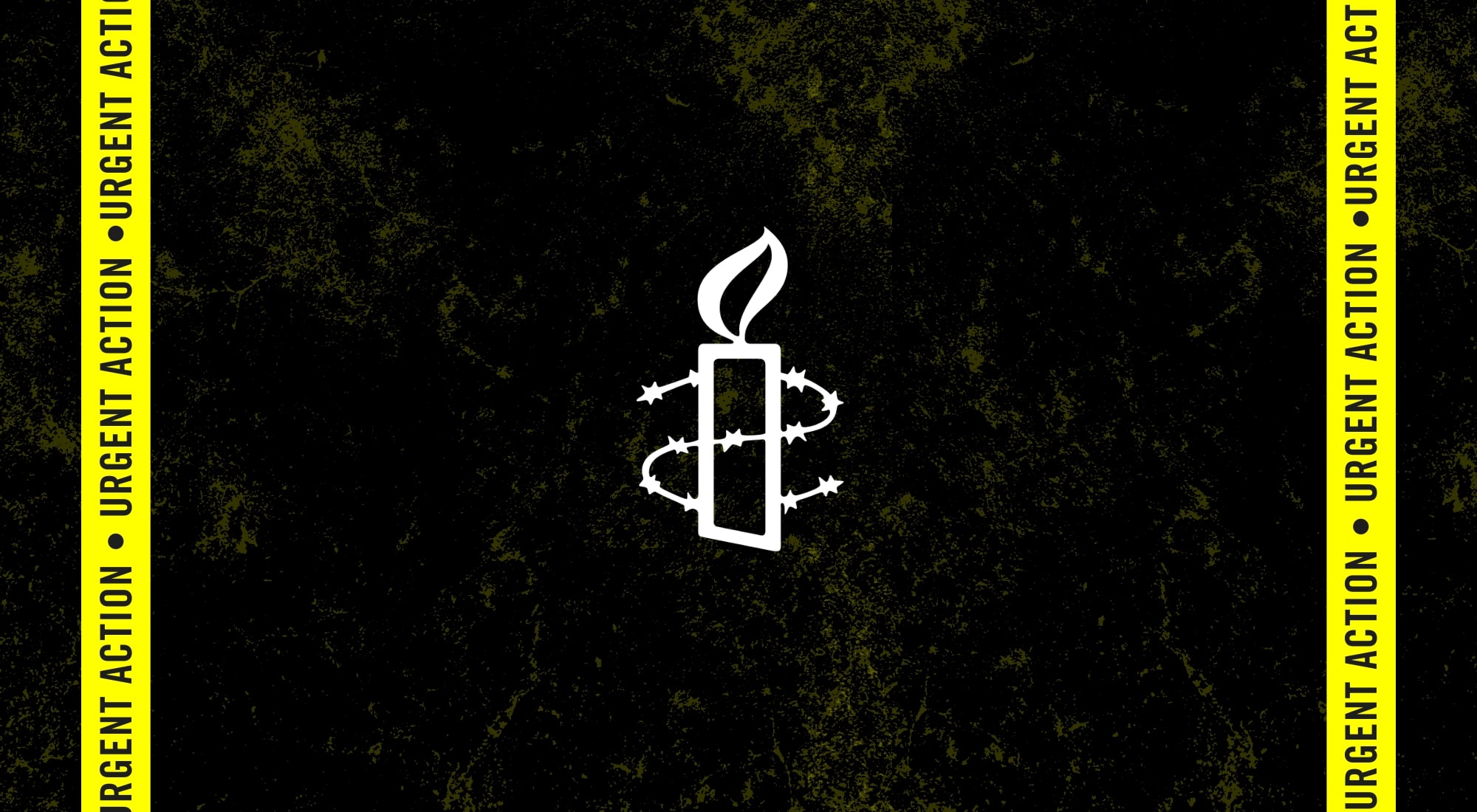Authorities Should Rein in Law Enforcement for Repeat Election
(Nairobi, October 16, 2017) – Kenyan police killed at least 33 people, possibly as many as 50, and injured hundreds more in some parts of Nairobi, the capital, in response to protests following the August 8, 2017 elections, Amnesty International and Human Rights Watch said in a joint report released today.
The 37-page report, “‘Kill Those Criminals’: Security Forces’ Violations in Kenya’s August 2017 Elections,” documents excessive use of force by police, and in some cases other security agents, against protesters and residents in some of Nairobi’s opposition strongholds after the elections.
Researchers found that although police behaved appropriately in some instances, in many others they shot or beat protesters to death. Other victims died of asphyxiation from inhaling teargas and pepper spray, from being hit by teargas canisters fired at close range, or from being trampled to death by fleeing crowds.
Police were directly implicated in the deaths of at least 33 people, researchers found. Another 17 were alleged killed, most of them in Kawangware, but researchers could not confirm the cases. The Kenyan authorities should urgently ensure that all those responsible for unlawful use of force are held to account, and that police comply with international law and standards on the use of force during the upcoming repeat election period.
“Dozens of people were killed and many more left with life-altering injuries in attacks by the police against opposition supporters,” said Michelle Kagari, deputy regional director for East Africa, the Horn, and the Great Lakes at Amnesty International. “This deadly use of excessive force has become a hallmark of police operations in Kenya and must be decisively stopped before the next election takes place.”
Amnesty International and Human Rights Watch researchers interviewed 151 victims, witnesses, human rights activists, aid workers, and police in Nairobi’s low-income areas known to be strongholds of opposition supporters. Ahead of the vote, police had designated many of these areas as “hot spots” for potential violence and had deployed forces heavily, increasing tensions.
Prior Human Rights Watch research documented 12 killings by police during protests in western Kenya. The Kenya National Commission on Human Rights documented 37 deaths, five of which are in addition to the 33 cases documented here. Taken together with the 17 others allegedly killed by police, the nationwide death toll could be as high as 67.
In the days after the poll, opposition supporters took to the streets in areas of the capital to protest irregularities in the election, in which the incumbent President Uhuru Kenyatta was declared the winner. On September 1, the Supreme Court nullified the results and ordered a new election within 60 days. It is scheduled for October 26, but opposition candidate Raila Odinga’s withdrawal on October 10 created uncertainty over the revote.
Researchers found that armed police – most of them from the General Service Unit (GSU) and Administration Police (AP) – carried out law enforcement operations in Mathare, Kibera, Babadogo, Dandora, Korogocho, Kariobangi, and Kawangware neighborhoods in Nairobi between August 9 and 13. They shot directly at some protesters and also opened fire, apparently randomly, on crowds. Victims and witnesses told researchers that as protesters ran away, police pursued them, kicking down doors and chasing people down alleyways, shooting and beating many to death.
In one case, a 9-year-old girl, Stephanie Moraa Nyarangi, was shot dead while standing on the balcony of her family’s apartment. In another, Jeremiah Maranga, a 50-year-old security guard, was beaten so badly by police that his body was soaked in blood. He later died. In another incident, Lilian Khavere, a housekeeper who was eight months pregnant, was trampled to death by a fleeing crowd after she fainted from inhaling teargas.
Police in these neighborhoods also tried to prevent journalists and human rights activists from reporting the violations, the two organizations found. In one case, in Kibera, a police officer smashed a foreign journalist’s camera when he tried to photograph police beating a youth leader. Police also beat up a local activist and smashed his camera when he tried to film them in Mathare.
The two organizations wrote to the Inspector General of Police detailing their findings and requesting a meeting but received no response. They also made several requests to interview the police spokesperson, all of which were turned down.
“The Kenyan authorities should publicly acknowledge the violations, conduct speedy, impartial, thorough, and transparent investigations, and take the necessary steps under the law to hold those responsible to account as a key step toward justice for the victims,” said Otsieno Namwaya, Africa researcher at Human Rights Watch. “The police attacked opposition supporters and then tried to cover up their attacks. The authorities should ensure that this kind of arbitrary and abusive use of force by police does not recur in the repeat election.”
+++++++
Media contact: Jacob Kuehn, Media Relations at (613) 744-7667 ext 236 or jkuehn@amnesty.ca
















